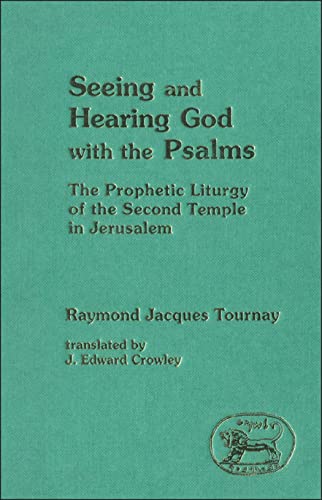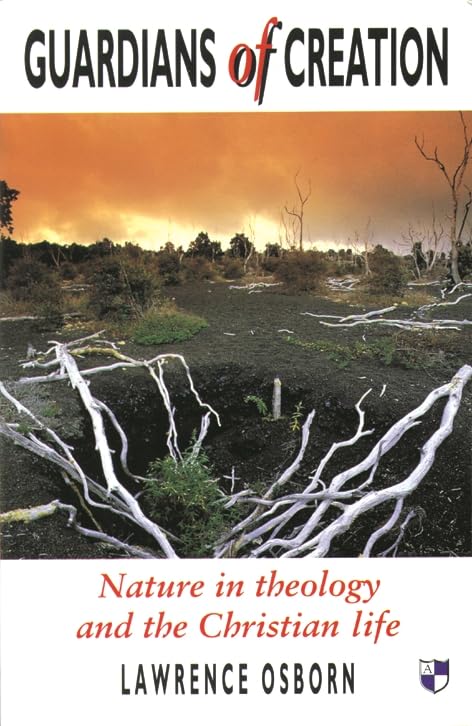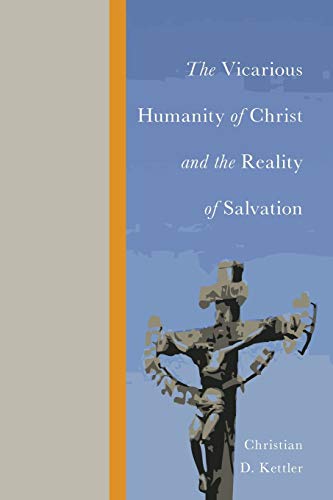Volume 19 - Issue 2
READERS’ RESPONSES
By William K. KayMichael Roberts in Readers’ Responses (Themelios 19.1) took exception to my review of M. Bowden’s book on creation and evolution (Themelios 18.3). In his response Michael Roberts misses one of the main points of my review. It is this: evolution commands a general consensus in the scientific community, among the pundits of the media, in education and in popular culture. It is good, however, that a smallish number of people can, in a free society, challenge this consensus. We do not live in an ideologically totalitarian world; received ideas can be investigated and disputed and, even if the dissenters are wrong, it is important that their views receive an airing. On this count alone I welcome Bowden’s even tempered and informative book.
Roberts, however, disagrees with my assertion, which follows Bowden, that there is circularity within aspects of the evolutionist position and, in order to substantiate this disagreement, Roberts cites the sequence of events which led up to the establishment of the geological column in the 1860s. In essence the point is that the column was produced before the fossil sequence was established and that therefore it is not true to say that geological strata were dated by reference to fossils and that fossils were dated by reference to strata.
There are three answers to this. The first is to suggest that it is either inaccurate or misleading. The first two of these answers are taken for convenience from Richard Milner’s The Encyclopedia of Evolution(Foreword by Stephen Jay Gould), 1990, and hardly a creationist publication. David Pilbeam is reported as saying ‘in paleoanthropology “theory”—heavily influenced by implicit ideas—almost always dominates “data”. Ideas that are totally unrelated to actual fossils have dominated theory building, which in turn strongly influences the way fossils are interpreted’ (p. 173). Notice the circularity here: ideas unrelated to fossils help build theories by which fossils are interpreted, but these theories, of course, become those from which new theories are built.
The second is to suggest that Roberts’ references to William Smith is incomplete in the sense that Smith found ‘that each stratum contains its own characteristic minerals and fossils—a record of creatures and events. By understanding how to identify and use key fossils, ‘Strata’ Smith, as he became known, taught himself to trace a given layer over long distances’ (p. 409). The fossils, in other words, were used to mark the strata. Once strata were marked by particular fossils it was a short step to date a fossil by seeing in which stratum it was located.
The third answer is to admit that there is circularity within the evolutionist position but to claim that this is a matter of little or no importance. Such an admission leads in two directions. It either infuses the evolution-creation debate with a whiff of agnosticism which ought to prevent dogmatism or, alternatively, it leads to a much more complicated view of the evidence in favour of evolution. This is one of the reasons which leads Popper in his autiobiography to conclude that evolutionary theory occupies a special niche within scientific theory because, almost by definition, evolutionary events are largely unrepeatable and therefore untestable.
William K. Kay
Mattersey Hall






